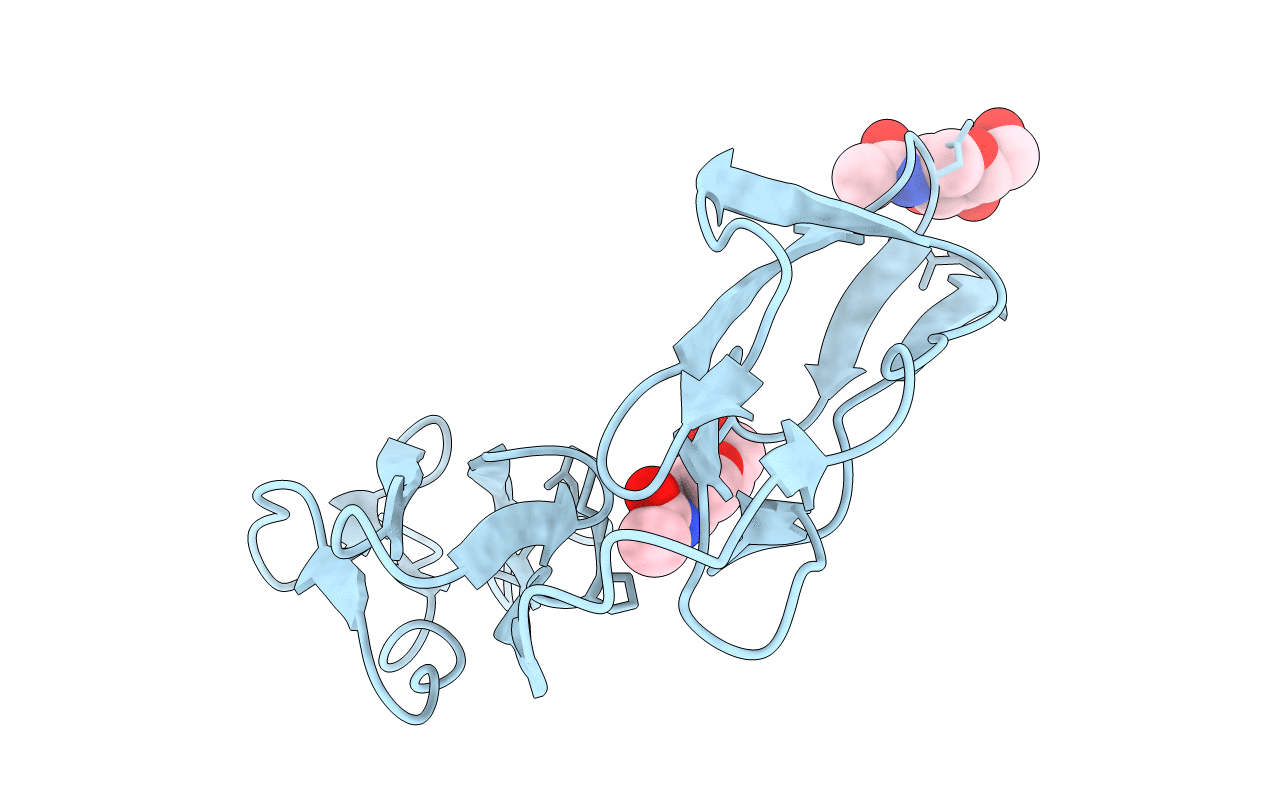
Deposition Date
2002-06-06
Release Date
2002-07-05
Last Version Date
2024-11-20
Entry Detail
PDB ID:
1LY2
Keywords:
Title:
Crystal structure of unliganded human CD21 SCR1-SCR2 (Complement receptor type 2)
Biological Source:
Source Organism:
Homo sapiens (Taxon ID: 9606)
Host Organism:
Method Details:
Experimental Method:
Resolution:
1.80 Å
R-Value Free:
0.23
R-Value Work:
0.17
Space Group:
P 1


